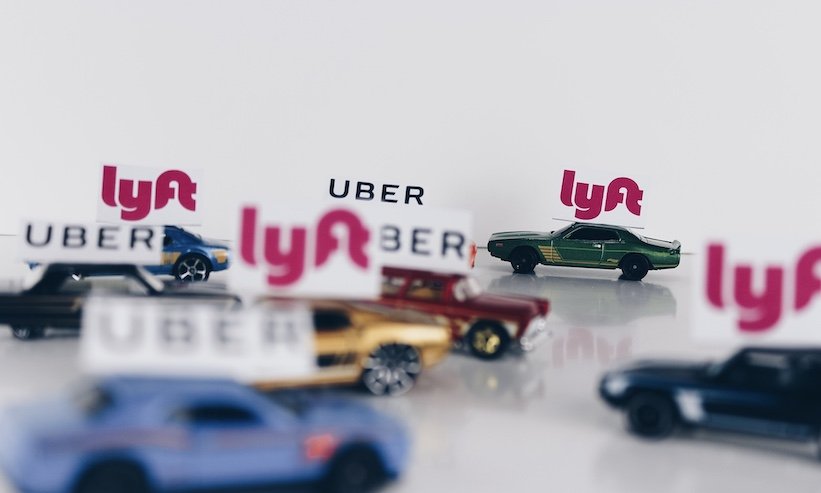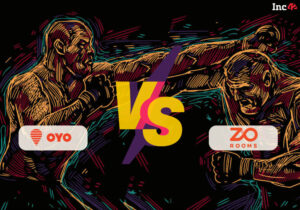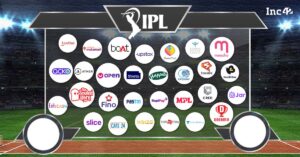Amidst the COVID-19 epidemic, several ride share insurance companies are expanding coverage to include a driver’s own vehicle while they are carrying food, medication, and other necessities on behalf of the delivery service. More information may be found in NerdWallet’s guide to coronavirus and automobile insurance.
Insurance for Uber and Lyft drivers, in addition to the coverage provided by the businesses themselves, is the most effective approach to ensure that you are completely protected while on the job. Often referred to as “rideshare insurance,” these hybrid plans provide coverage for personal car usage as well as for times when drivers are logged into a ridesharing app but are not protected by the insurance provided by Lyft or Uber.
Similarly, drivers for on-demand delivery services such as Grubhub, Instacart, and Uber Eats require rideshare insurance coverage in order to prevent a coverage gap.
The Necessity for Ride Share Insurance on Delivery, Uber, and Lyft Drivers
It is necessary to get rideshare insurance in just about any circumstance where you drive your car for the money, whether you work for a ridesharing company such as Uber or Lyft or for a mobile delivery service such as Postmates.
Not only is it unlikely that your personal vehicle insurance would cover any incidents that occur while you are working as a rideshare driver, but it may even terminate your policy if it discovers that you did not declare that you were driving the car for money. Even if you have insurance via the business for which you rideshare, it is unlikely that it will cover you for the whole time you are on the job.
Insurance for rideshare drivers is not available in every state. If you are unable to get it, you would require commercial insurance coverage in order to be completely protected and prevent being canceled by your carrier. These insurance have larger liability limitations than standard policies – and as a result, they are more expensive. According to the Trusted Choice insurance agent association, the average commercial coverage for a passenger automobile costs between $1,200 and $2,400 per year, or more, on average.
Insurance for Lyft and Uber
Uber or Lyft insurance provides limited coverage while you are using the app and waiting for a request – referred to as Period 1. When you accept a trip and begin transporting passengers, your coverage increases.
The ridesharing insurance periods but are sometimes referred to as “phases” function as follows:
- Period 0: The application is turned off. Your personal insurance coverage protects you.
- Period 1: The app is running and you are awaiting a ride request. Without ridesharing coverage, your own vehicle insurance will not protect you. Your ridesharing employer’s policy covers just liability.
- Period 2: Your request has been accepted, and you are on your way to collect a passenger, the will activate your Uber or Lyft insurance.
- Period 3: You’re driving a car with passengers, then, your Uber or Lyft insurance is also active.
The insurance policies for Lyft and Uber are relatively similar, however, the deductible amounts for comprehensive as well as collision insurance are different. A deductible is the portion of repair expenses that you bear before your insurance covers the remainder of the claim. Lyft has a $2,500 deductible, whereas Uber has a $1,000 deductible.
Delivery App Drivers Ride Share Insurance
If you’re driving for an on-demand delivery business that does provide vehicle insurance, thoroughly review its policy – coverage varies by firm and is always restricted.
Grubhub and Instacart, for instance, do not provide auto insurance, but you will require your own to drive for them. Meanwhile, DoorDash provides liability insurance just while the meal is in your car.
As with a ridesharing business, the insurance provided by your delivery app will vary according to the time period:
- Period 0: The application is turned off. Your personal insurance coverage protects you.
- Period 1: The application is running and you are awaiting a request. You are not covered by a personal policy that excludes ridesharing coverage. Certain delivery app providers offer coverage.
- Period 2: Your request has been accepted, and you are on your way to collect delivery. Certain delivery app providers offer coverage.
- Period 3: You’ve loaded the food or merchandise into the automobile. Your employer’s policy is fully implemented.
The best way to purchase ridesharing insurance
Rideshare insurance is available as a hybrid policy or as an add-on to your own vehicle insurance policy, not as a standalone policy. For instance, you cannot have Progressive for your own vehicle insurance and Geico for ridesharing insurance.
When purchasing rideshare insurance, be certain to:
- Inform your own auto insurer that you are a rideshare driver.
- Identify inconsistencies between your own policy and the policy of your ridesharing business. Both Uber and Lyft give drivers transporting customers a $1 million liability insurance policy. Policies vary considerably among smaller and younger businesses.
- Inquire with your current insurer about ridesharing insurance to supplement existing coverage or to obtain a quotation for a business policy. If both are available, obtain estimates for both so you may compare expenses.
Procedure To Observe After Getting Into An Accident and Submitting an Insurance Claim
Make sure that you contact the authorities. The very first thing that you should do whether you are in ridesharing more or not is to call the police after being involved in a car collision. Based on the type of incident and the policies of your ridesharing business, you may be required to submit your own proof of insurance or the certificate of the rideshare company. As you usually would share information with the other motorist.
How to proceed with filing the claim. Following that, notify your own auto insurer. Even if your company covers the losses, your personal insurance will learn about any incidents, and it’s better if they hear about them directly from you. Drivers who have been dishonest about their driving condition may find themselves in a difficult situation: if you decide not to inform your insurer, you risk having your insurance canceled.
Finally, inform your boss at the rideshare business or delivery app. If you qualify for the company’s coverage, a professional can assist you in initiating the claims procedure.






![Read more about the article [Funding alert] Game development startup SuperGaming raises $5.5M in Series A round](https://blog.digitalsevaa.com/wp-content/uploads/2021/08/SuperGaming-Co-founding-team-1629961085071-300x150.png)



